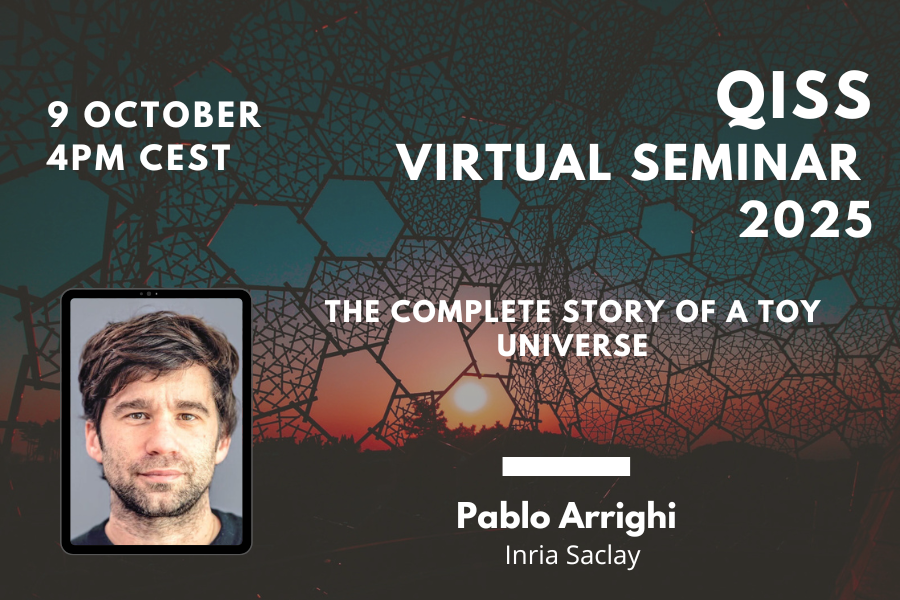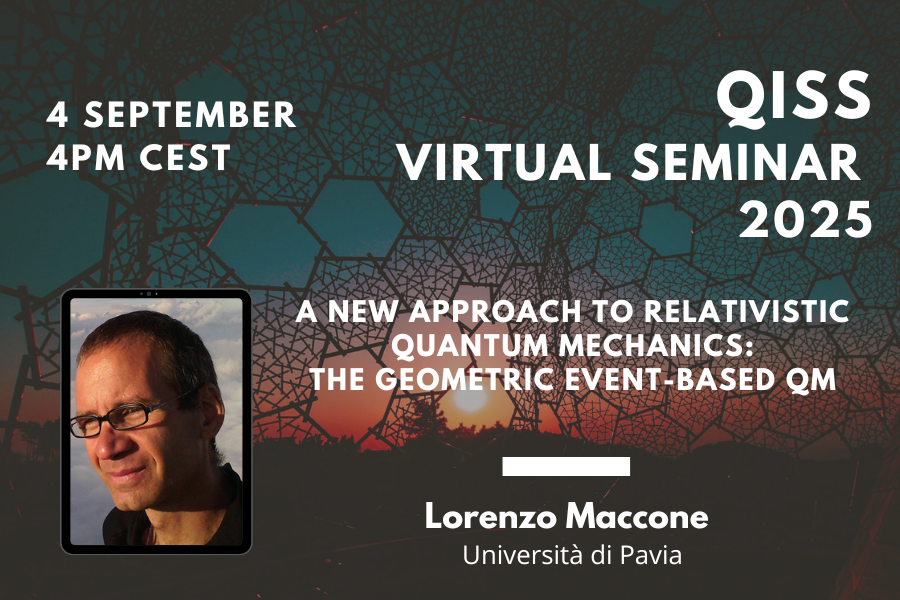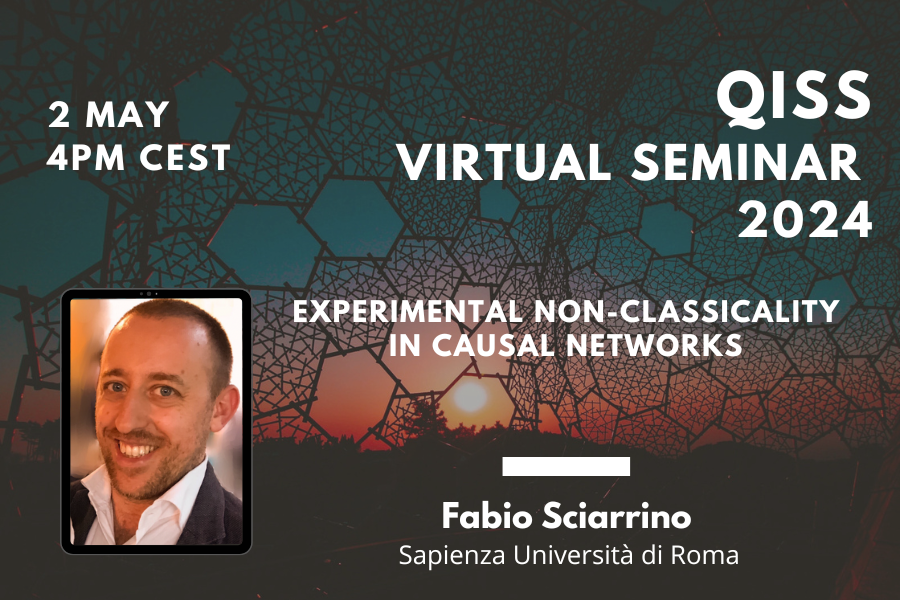Pablo Arrighi
Inria SaclayThe complete story of a toy universe
The laws of Physics are time-reversible—yet we can only go towards the future. This apparent contradiction is known as the “arrow of time problem”. Its resolution is that the future is the direction of increasing entropy. But entropy can only increase towards the future… if it was low in the past, and past low entropy is a very strong hypothesis to make, because low entropy states are so improbable!
Some authors suggest that we can do away with this “past hypothesis” within reversible dynamical laws featuring expansion à la GR. We prove that this is indeed the case in principle, within a toy model. It consists in just graphs upon which particles circulate and interact according to local reversible rules. Some rules locally shrink or expand the graph. We prove that almost all states expand and that entropy always increases as a consequence.
Interestingly, the toy universe can easily be run backwards, until “before the Big Bang”. We can therefore tell the story of “the beginnings of times” in this model. It’s enlightening… and mind-bending at the same time.
Joint work with Gilles Dowek and Amélia Durbec









